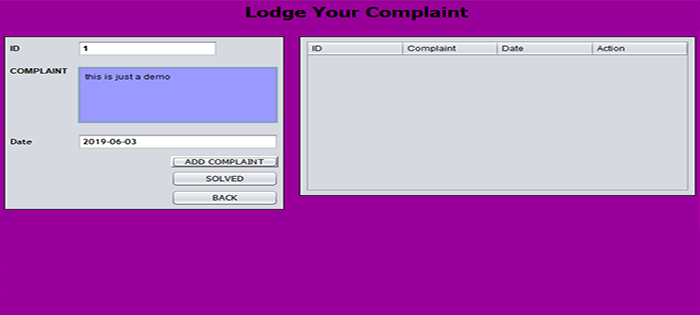What is Shell Substitution??
What is Substitution?
The shell performs substitution when it encounters an expression that contains one or more special characters.
Example
Following is the example, while printing value of the variable its substitued by its value. Same time "\n" is substituted by a new line −
#!/bin/sh a=10 echo -e "Value of a is $a \n"
This would produce following result. Here -e option enables interpretation of backslash escapes.
Value of a is 10
Here is the result without -e option:
Value of a is 10\n
Here are following escape sequences which can be used in echo command −
| Escape | Description |
|---|---|
| \\ | backslash |
| \a | alert (BEL) |
| \b | backspace |
| \c | suppress trailing newline |
| \f | form feed |
| \n | new line |
| \r | carriage return |
| \t | horizontal tab |
| \v | vertical tab |
You can use -E option to disable interpretation of backslash escapes (default).
You can use -n option to disable insertion of new line.
Command Substitution
Command substitution is the mechanism by which the shell performs a given set of commands and then substitutes their output in the place of the commands.
Syntax
The command substitution is performed when a command is given as:
`command`When performing command substitution make sure that you are using the backquote, not the single quote character.
Example
Command substitution is generally used to assign the output of a command to a variable. Each of the following examples demonstrate command substitution −
#!/bin/sh DATE=`date` echo "Date is $DATE" USERS=`who | wc -l` echo "Logged in user are $USERS" UP=`date ; uptime` echo "Uptime is $UP"
This will produce following result −
Date is Thu Jul 2 03:59:57 MST 2009 Logged in user are 1 Uptime is Thu Jul 2 03:59:57 MST 2009 03:59:57 up 20 days, 14:03, 1 user, load avg: 0.13, 0.07, 0.15
Variable Substitution
Variable substitution enables the shell programmer to manipulate the value of a variable based on its state.
Here is the following table for all the possible substitutions −
| Form | Description |
|---|---|
| ${var} | Substitue the value of var. |
| ${var:-word} | If var is null or unset, word is substituted for var. The value of var does not change. |
| ${var:=word} | If var is null or unset, var is set to the value of word. |
| ${var:?message} | If var is null or unset, message is printed to standard error. This checks that variables are set correctly. |
| ${var:+word} | If var is set, word is substituted for var. The value of vardoes not change. |
Example
Following is the example to show various states of the above substitution −
.png)



